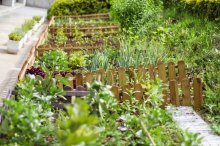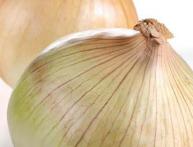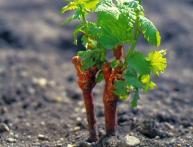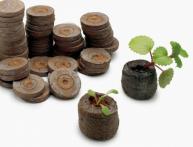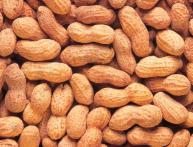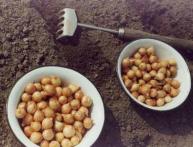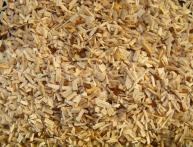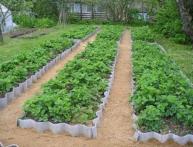Crop rotation at a summer cottage, the best predecessors, neighboring plants and green manures
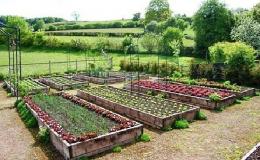
In small summer cottages or garden plots, either the same crops or closely related crops have been planted in the same areas for years, or even decades. Such placement of crops not only depletes the soil, but also leads to excessive spread of pathogens and the accumulation of certain species pests.
Crop rotation at a summer cottage can be considered as a regular change of crops and growing vegetables and berries after the best predecessors, and also taking into account the influence of neighboring crops.
Content:
- The main goals and principles of crop rotation at a summer cottage
- Vegetable compatibility and best predecessors
- What are green manures and why are they needed on the site?
The main goals and principles of crop rotation at a summer cottage
As a rule, the size of land plots allocated for gardening activities rarely exceeds 6-8 acres, and if part of the land is used for garden plantings, then there is even less space left for garden crops. Many hobbyists believe that crop rotation is impossible in such a small space. However, even in such a small area, it is possible to competently organize the rotation of crops in the beds.
Most often, crops from the following families are grown in amateur vegetable growing:
- Pumpkin
- Chenopodiaceae
- Solanaceae
- Brassicas
- Legumes
- Celery
To organize a change of vegetables, you need to divide the plot into at least five, and preferably six, parts. It is important not to rely on memory, but to keep at least basic notes and reflect the planting scheme on paper in the form of a drawing or table. In addition, it is advisable to draw up a crop rotation plan for the next five, or better yet, 10 years.
If there are five parts, then crops from certain families will not easily replace each other every year, but will move from one part of the site to another, and if it is possible to identify six sectors, then in one it will be possible to sow green manure and, by cutting them, enrich the soil and simply give her rest. Organized crop rotation will allow:
- improve your health soil
- optimal use of fertilizers
- rational use of land
- suppress weeds
- treat the soil
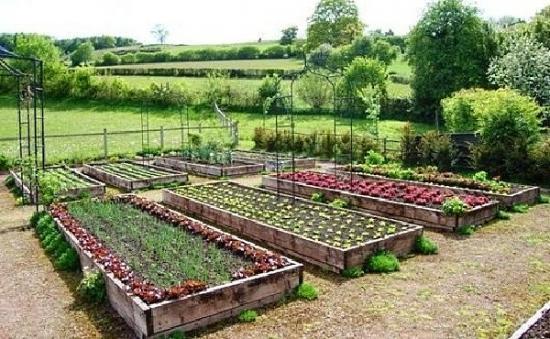
When organizing crop rotation in a limited area, it is important to select not only the best predecessor, but also pay attention to your neighbors. After all, it is known that some neighbors will help and repel pests and prevent diseases, while others will be competitors in the use of moisture and nutrients. Therefore, we will try to understand the compatibility and incompatibility of vegetable crops.
Vegetable compatibility and best predecessors
The basic principle of crop rotation is not to plant plants of the same family one after another in the same place, for example, if potatoes grew in the garden this year, then next year you cannot plant:
- pepper
- tomatoes
- eggplant
If cabbage grew, then next year there will be a ban on placing:
- radishes
- turnips
- radishes
Don't plant pumpkins after:
- cucumbers
- zucchini
- squash
- zucchini
- watermelons
If there were celery crops, then it is better not to place them one after another:
- dill
- carrot
- parsnip
Video about crop rotation on the site:
You cannot alternate goosefoot crops:
- beet
- spinach
The best predecessors for pumpkin are:
- legumes
- nightshades
- gonoeaceae
It is better to plant nightshades after:
- cabbage
- legumes
Predecessor for chenopods:
- cabbage
- legumes
It is better to place celery after:
- nightshades
- legumes
For other crops we can recommend:
- strawberries, place strawberries after radishes and onions
- onions, garlic - after pumpkin and nightshade
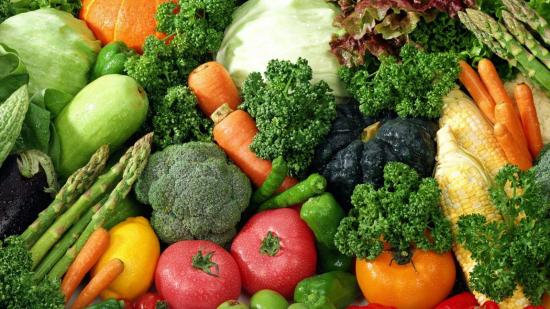
The maximum number of years during which you can plant in the same place is most often no more than two to three years. In this case, after the end of the season, vegetable tops must be removed from the site. To achieve increased productivity and reduced risk of disease, we need to talk about being good neighbors. Bad neighbors will be:
- nightshade - pumpkin
- cabbage - nightshade
- legumes - onions
Separately, it is worth mentioning about the good neighbors who will have various flowers for vegetable crops; they will be good protectors for vegetables from many diseases, for example:
- Calendula protects against the Colorado potato beetle
- chamomile - from cabbage whites, aphids
- nasturtium - from whiteflies
- marigolds - from nematodes, onion flies, weevils
In addition to predecessor plants and neighbor plants, green manure plays an important role in crop rotation. Planting them on the site can solve several problems at once.
What are green manures and why are they needed on the site?
At first glance, green manure is a completely unnecessary effort to sow unnecessary crops on a summer cottage. At the same time, the costs of both money for seeds and physical effort for planting seem completely unreasonable. However, this is absolutely not true.
Considering that green manure successfully:
- loosen the soil
- fertilize it
- eliminating weeds
- restore fertility
then sowing them leads not only to the restoration of the land, but also to real savings.
Green manure is a crop or mixture of crops sown to improve the structure of the land and its fertility. The ultimate goal of sowing green manure is to increase productivity. As a rule, it grows by at least 1/3.
To prevent sowing crops from becoming useless, you must adhere to the following order:
- After sowing and emergence of seedlings, regularly moisten the soil
- do not plow the plants, but cut them off
- cutting time - no later than the bud opening stage
- prevent seeds from ripening
In addition, you need to pay attention to the width of the beds. If you plan to use them in crop rotation, then it is better to make the beds narrow and use a flat cutter for cutting.
It is important to select plants so that they not only have the most positive effect on the soil, but are also the best predecessors for the following vegetable crops.
Green manures from the cruciferous (cabbage) family are:
- mustard
- oilseed radish
- rape
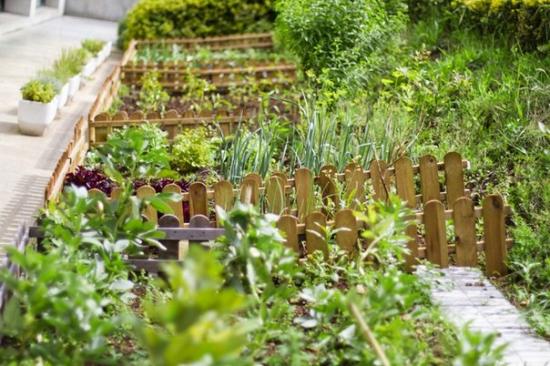 Plants of this group enrich the soil in the area with phosphorus and sulfur. These crops are also excellent soil looseners. Green manures from the legume family are:
Plants of this group enrich the soil in the area with phosphorus and sulfur. These crops are also excellent soil looseners. Green manures from the legume family are:
- clover
- Vika
- lupine
- alfalfa
If legumes grow on the site, the soil will receive nitrogen and maximum loosening that the legume roots can provide. The disadvantage of legumes may be that they spread too quickly, but the advantage is that they are excellent feed for farm animals and birds. Cereal green manures include:
- oats
- rye
- sorghum
These crops will perfectly protect the site from wind and water erosion. Green manure is planted before winter, when the vegetables are harvested and the beds are free and the fertile qualities need to be restored.In this case, green manure will replace organic fertilizers, manure and humus.
The cut is made after 25 - 30 days or left until spring. In spring, green manure is sown immediately after the soil thaws and is not cut before sowing vegetables or before planting seedlings.
In this case, green manure will provide protection from low temperatures. After cutting, the plant stems are left as mulch on the beds. Based on all of the above, we can conclude that crop rotation and the use of green manure on a summer cottage is necessary and useful.


